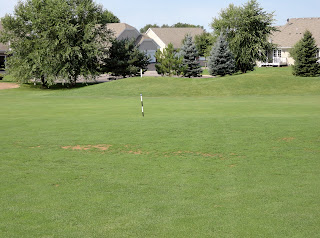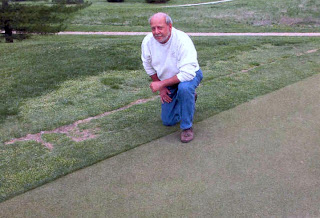GenNext has a series of products, developed over 40 years of
constant research, that grows better turf grass. Our products are based on the belief that microorganisms are
the key to building dense strong turf grass. GenNext products are not live microbes. GenNext has taken the essential
microorganisms through the necessary life cycles to provide products that promote
and provide strong dominant turf grass growth. We do this by extracting, in our
labs, specific hormones, enzymes and organic complexes produced by these
microbes adding additional micro nutrients, N and K as needed.
Let me state again, microorganisms are
the key to building dense strong turf grass. Such organisms are responsible for
releasing ingredients that solubilize various minerals and organic substances
for root uptake. These microbes are responsible for releasing substances that
are taken up by the plants that encourage aggressive root and rhizome growth
that build cells, cell walls, healing, better withstanding adversities and assisting
in developing/building immunity and defense systems. Besides the plant
improvement, these organisms are also responsible for the development of rich,
productive soil, the breakdown and release of toxic substances and the buildup
of organic matter other essentials for improving soil aggregates, penetration
and productivity.
The microbes associated with healthy turf
grass growth have the ability to release materials that are toxic to many
pathogenic disease organisms, insects and weeds. These represent nature’s
natural defense. If they were encouraged to grow effectively they automatically
control, prevent and kill these pests reducing the need for herbicides,
fungicides and pesticide applications.When these soil microbes are deficient
or non-existent, the grass weakens, thins out and eventually dies, other plants
begin to invade quickly as they do not require these same microbes for their existence.
Because of the large number of negative conditions that exist in a typical golf
course soil these microorganisms cannot exist and/or function in the number
required for healthy turf grass growth.
They cannot be added to the soil because of the toxic and negative soil
conditions present would kill live microbes as they are applied.















